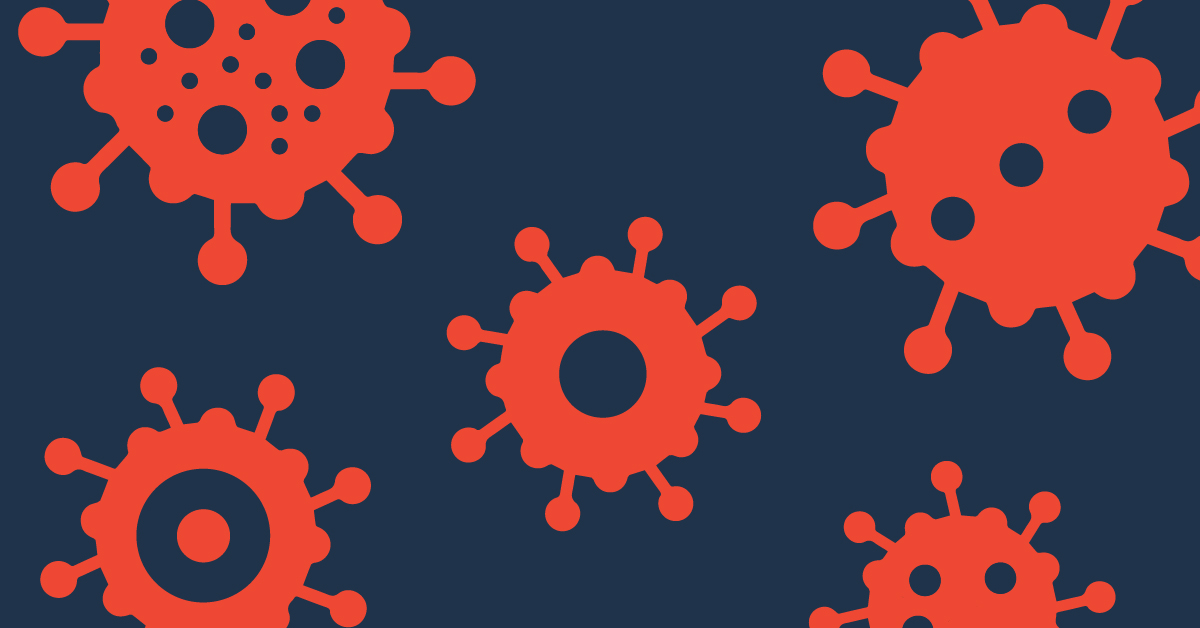U.S. Antibiotic Awareness Week (USAAW), which this year takes place November 18-24, is an annual observance that highlights the steps everyone can take to improve antibiotic prescribing and use.
Until the 20th century, doctors had few tools to fight off infectious diseases like pneumonia, tuberculosis and other bacterial infections. Wounds as small as scratches could result in what was known as “blood poisoning,” which had no effective treatment and was often fatal. This meant that for most of human history, infectious diseases were a leading cause of death, accounting for more than one third of deaths in the United States in 1900. Of these deaths, 40% were among children younger than five years old.
In the late 1920s, this changed dramatically with the advent of antimicrobial medicines. These treatments include compounds produced by bacteria and fungi that are capable of killing, or inhibiting, competing microbial species. One of the earliest examples was discovered serendipitously when Alexander Fleming noticed a spot of mold prevented Staphylococcus bacteria from growing in one of his petri dishes. He soon found the secretions of this mold were also effective at killing other bacteria, and a decade later, the first patient was successfully treated with this newfound medicine. Scientists named the medicine penicillin after the mold’s scientific name Penicillium notatum.



